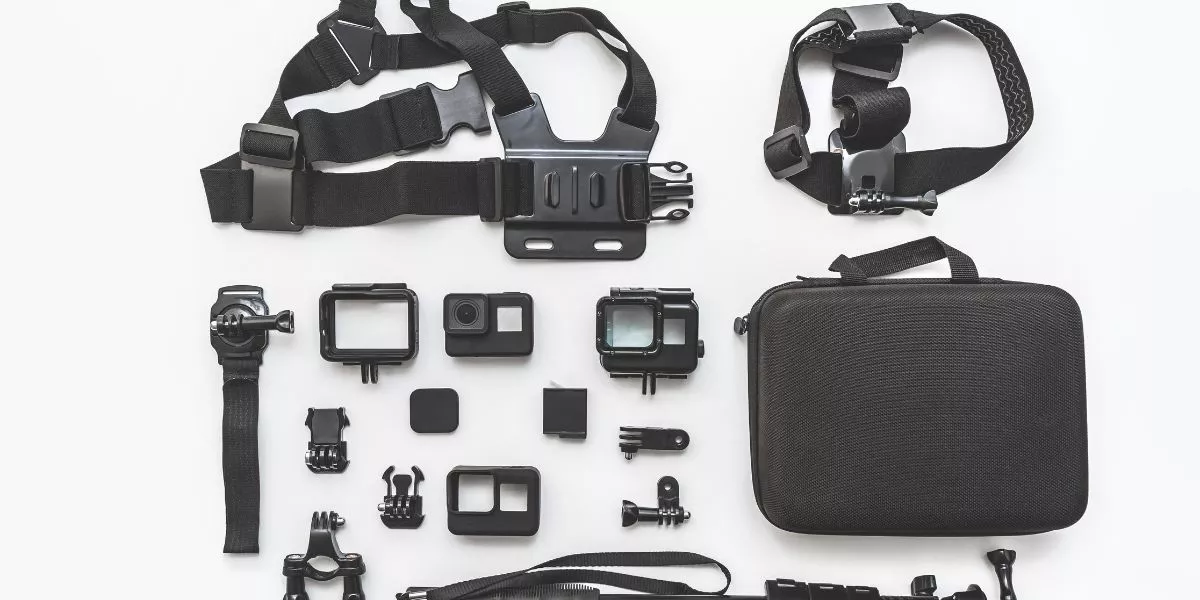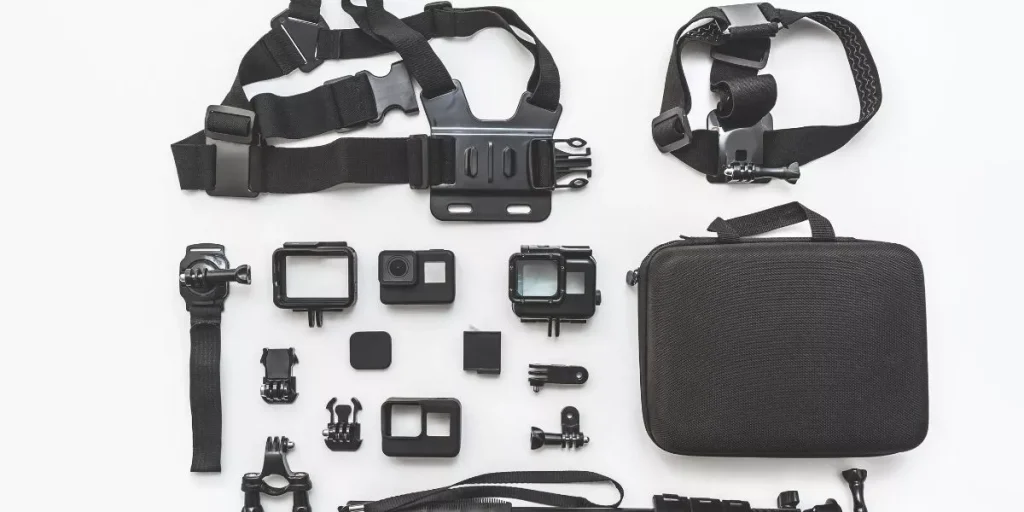

As a photographer, you know the importance of capturing sharp, stable images in various shooting conditions. From low-light environments to bustling streets, having the right tools can make all the difference. But what if there was one accessory that could elevate your photography to the next level? Stay tuned to discover a must-have item that could revolutionize the way you approach your shots.
Tripods and Monopods
When choosing a tripod or monopod for your photography gear, consider the weight capacity and stability they offer. These tools are essential for achieving sharp, clear images, especially in low light or long exposure situations. A tripod provides sturdy support for your camera, preventing shaky hands from causing blur in your photos. Monopods, on the other hand, offer more mobility while still providing some stability.
When deciding between a tripod and a monopod, think about where and how you'll be using them. Tripods are great for situations where you can set up and compose your shot carefully, such as landscape photography or studio work. Monopods are ideal for situations where you need to move around quickly, like sports photography or wildlife shots.
Ensure that the tripod or monopod you choose can support the weight of your camera and any additional accessories you may use. Stability is key to getting those tack-sharp images, so invest in a high-quality tripod or monopod that suits your needs.
Camera Bags and Cases
Consider investing in a durable camera bag or case to protect your photography equipment while on the go. A good camera bag won't only keep your gear safe but also make it easier to carry everything you need for a photoshoot. Look for a bag with padded compartments to safeguard your camera body, lenses, and accessories from bumps and scratches. Additionally, choose a bag that's water-resistant to shield your equipment from unexpected weather conditions.
When selecting a camera bag, think about your specific needs. If you often travel with your gear, a backpack-style camera bag might be more comfortable for carrying your equipment over long distances. For quick access to your camera, consider a sling bag that allows you to reach your gear without fully removing the bag. If you have a larger collection of lenses and accessories, a rolling camera case with wheels can be a convenient option for transporting heavy equipment.
Lens Filters and Hoods
Invest in quality lens filters and hoods to enhance your photography and protect your camera lens. Lens filters come in various types, such as UV, polarizing, and neutral density filters, each serving a different purpose. A UV filter helps reduce haze and protects your lens from scratches and dust. A polarizing filter reduces reflections and enhances colors in your photos, making skies bluer and foliage more vibrant. Neutral density filters allow you to control the amount of light entering the lens, useful for long exposures or when shooting in bright conditions.
Lens hoods are essential accessories that help prevent lens flare and ghosting caused by stray light entering the lens. They also provide physical protection for the front element of your lens. When choosing a lens hood, ensure it's compatible with your specific lens model for maximum effectiveness.
Investing in quality lens filters and hoods ensures that your photographs maintain optimal clarity and sharpness while safeguarding your valuable camera equipment.
Memory Cards and Storage
Quality memory cards are essential for storing your photographs securely and efficiently. When choosing a memory card, opt for reputable brands like SanDisk or Lexar to ensure reliability. Select a card with sufficient storage capacity based on your shooting needs. For casual photographers, a 32GB or 64GB card may suffice, while professionals might require 128GB or larger.
To prevent data loss, invest in multiple memory cards rather than relying on a single one. This practice also helps distribute your images across cards, reducing the risk of losing all your photos if one card fails. Remember to format your memory cards regularly in-camera to maintain optimal performance.
Consider the speed class of the memory card, especially for burst shooting or video recording. Look for cards with fast write speeds (measured in MB/s) to ensure smooth continuous shooting and high-resolution video capture without buffering issues. By investing in quality memory cards and handling them with care, you can safeguard your photographic memories effectively.




